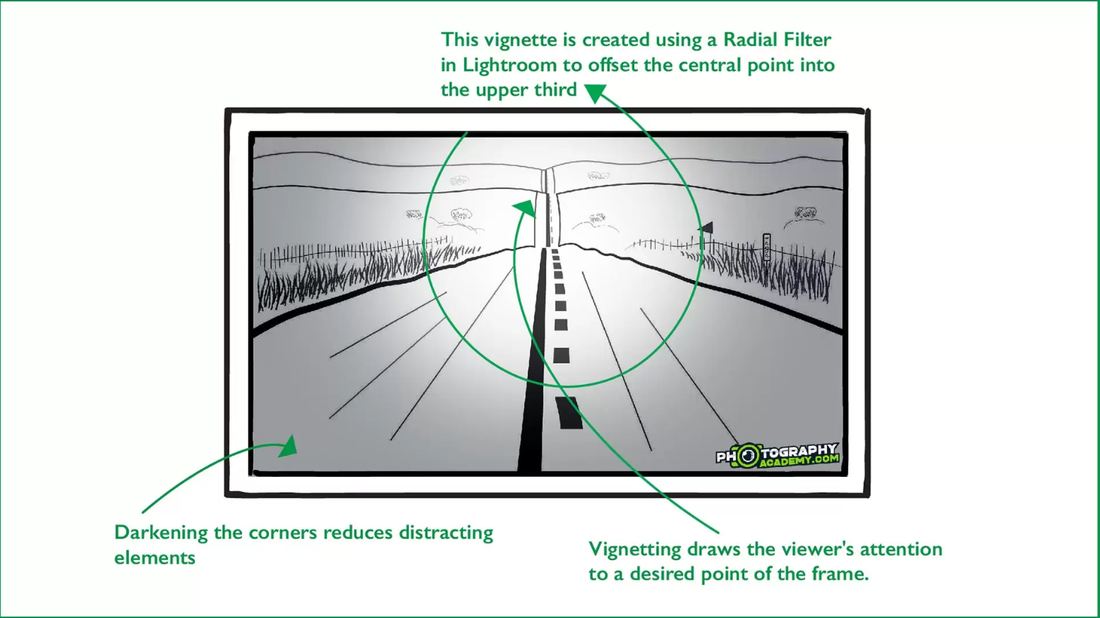|
|
Personal Projects
|
|
|
Would you like to see through walls? You’ve likely encountered a video game that allowed you to do just that. Whether it's called Eagle Vision, Detective Vision, or Spectral Vision in different games, these are known as Vision Modes. X-Ray Vision, illuminating hidden clues, or identifying friends from foe; Vision Modes can serve a variety of functions. Yet, what visual strategies do developers employ for their different vision modes? In today’s post, I'll delve deeper into the visual strategies behind Vision Modes.
Generally speaking, there isn’t a wide variety of strategies used between these games. Some games attempted to alter the palette of the game, while vignetting is often used to focus the vision. Additionally, a variety of saturated/glowy highlights are often employed for important objects or characters, and in most cases, players are allowed to see through walls. Altered PalettesAltered palettes refer to changing the overall visual treatment of the in-game environment. This can occur in various ways. For instance, Assassin’s Creed’s Eagle Vision features a fully desaturated environment, where all colors are removed except for highlighted objects. Similarly, Far Cry’s Hunter Vision also utilizes desaturated environments, likely due to both games being developed by Ubisoft. In contrast, Batman Arkham’s Detective Vision and Dishonored’s Dark Vision take a slightly different approach, opting for a monochromatic look. Detective Vision employs shades of blue, while Dark Vision applies a sepia-toned filter, both intended to tone down the environment and highlight important elements. Watch Dogs’ Nethack follows a similar monotone approach as Detective Vision, but with all textures removed and a grain filter applied across the screen. The strategy behind altering the visuals around the player, aims to minimize visual noise and focus players on key elements. However, it’s important to note that not all vision modes alter the game environment's palette. Ghostwire: Tokyo’s Spectral Vision, Horizon Zero Dawn’s Focus, and The Witcher 3’s Witcher Sense leave the surrounding environment unchanged. Vignetting
However, The Witcher 3’s Witcher Sense deviates from this trend by maintaining the surrounding visual palette while still incorporating a vignette. In this instance, the vignetting serves the additional purpose of informing the player that the vision mode is active. It can be inferred that this strategy is utilized to eliminate peripheral distractions and focus the player’s attention toward the center of the screen. Glow Highlights
Batman Arkham’s Detective Vision adopts an x-ray mode, highlighting characters' bones through walls, while also employing solid model glows for objects, similar to Dishonored’s Dark Vision. Ghostwire: Tokyo’s Spectral Vision exclusively features model silhouettes as glows, resembling Witcher Sense but with less haze. Additionally, some games utilize a particle haze trail for players to follow, often representing a scent trail. Witcher Sense, Hunter Vision, and Detective Vision are among those employing this method. Key DifferentiatorWith the majority of these games employing similar strategies, the key differentiator seems to be whether a game completely alters the environment’s palette or not, through desaturation, applying filters, or making the environment monotone. Each strategy has its pros and cons depending on the player. For some players with certain visual impairments, having their entire screen altered may be jarring, while for others, it could enhance contrast and aid in overall screen cognition. There is no clear winner here; it ultimately depends on the intended player experience. However, it is crucial for the play environment to remain clearly readable, unless, of course, it is intended to be a particularly disorienting moment for the player, such as one of Far Cry’s drug-induced cut scenes.
If you’ve made it thus far, thanks for reading! I hope it was at least somewhat interesting, and hopefully you can use some of these strategies on your next project.
0 Comments
|
AuthorI make games, I play games... and sometimes I have some thoughts about that. Archives
March 2024
|
Proudly powered by Weebly















 RSS Feed
RSS Feed